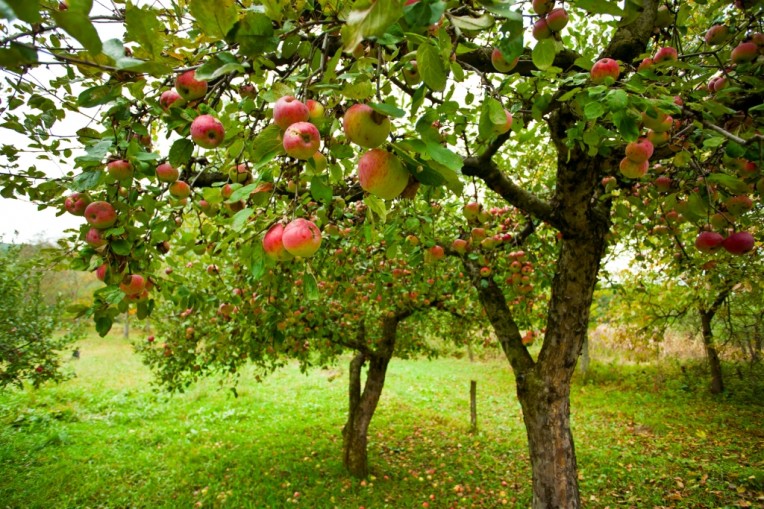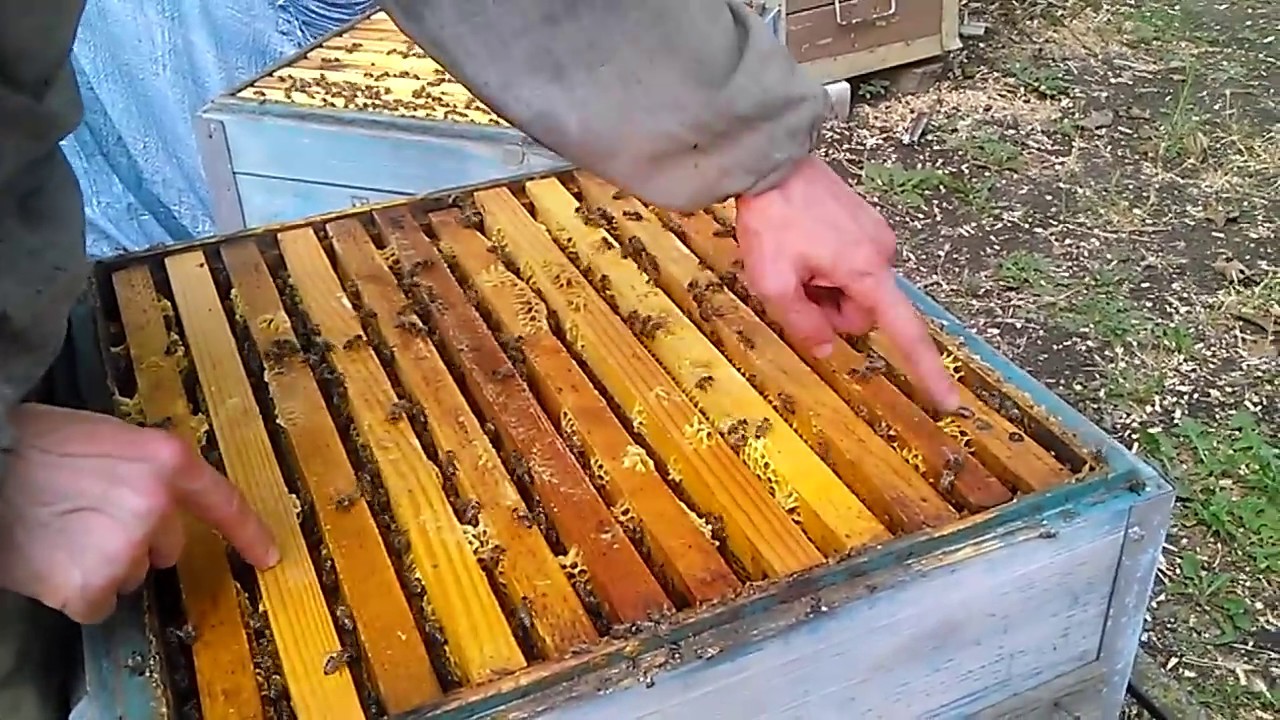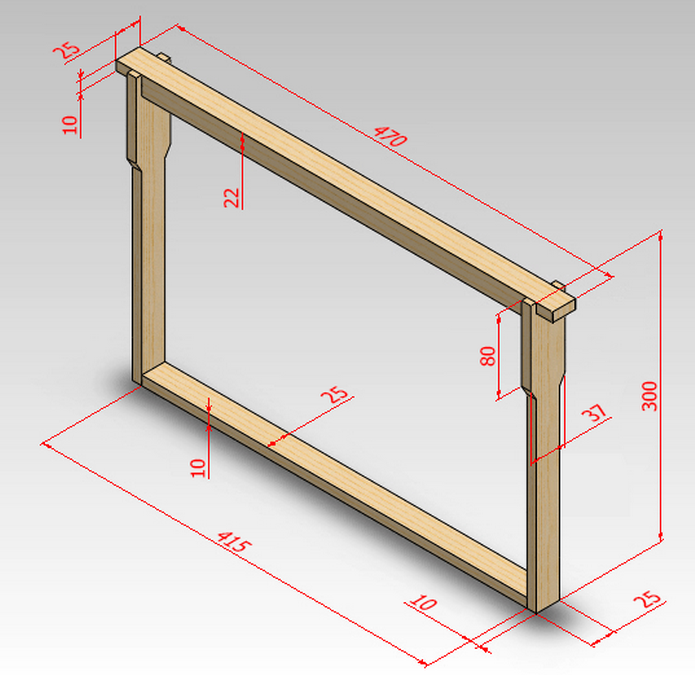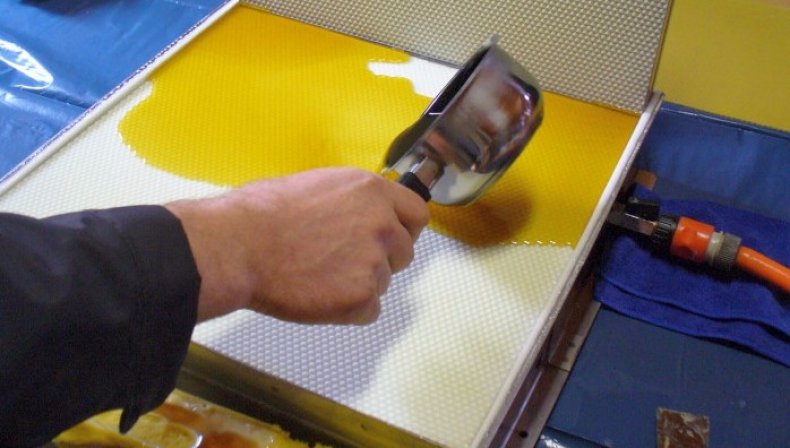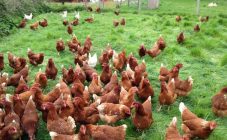Content:
The favorite delicacy in the form of honey has long attracted people to form their own bee farm. Apiary for beginners is a serious event that requires special skills and abilities. However, it is difficult for young beekeepers to predict the need for this or that event and assess the possible consequences. By following the regulated rules and advice of seasoned beekeepers, beginners can avoid many difficulties. Therefore, how to make an apiary for a novice beekeeper will be described below.
Basic Tips
The apiary is assembled from scratch from several components: equipment, inventory, protective equipment and the necessary care measures.
Apiary maintenance takes a significant amount of time. On average, one bee colony takes about 60 minutes. Therefore, it is recommended to start no more than 6 families to begin with. This amount will allow you to devote the necessary time to the care and maintenance of each hive.
To work with bees, you need to protect yourself from possible stings. The uniform should be comfortable, while protecting all exposed areas of the body. To protect the face, it is necessary to use special nets that cover the neck as well. Before working in the apiary, you should undergo a medical examination for the presence of allergic reactions.
During transportation, bees experience stress and begin to show aggression. In such conditions, you will need to equip yourself in a thickened overalls.
Rubber gloves must be used with the overalls. Their only drawback is the inconvenience of doing the job. In addition, you should take care in advance of buying a kit for a beekeeper, including a smoker, beekeeper knives, chisels, foundation and other items necessary at first.
Where to begin
Apiary, where to start when forming it? The organization of the apiary should start with the choice of the location of the future hives. The plot must be flat and spacious. The groundwater level should be no closer than 2 meters from the soil surface.
The hives should be fenced off from neighboring plots with a solid fence or shrubbery at least 2 meters high. With such borders, the cutouts for bee movements can be positioned in any direction. By planting shrubs in front of the hives, saving from the scorching sun, you can get 30% more honey.
Places with sharp movements of air masses should be avoided, as well as ravine-shaped areas, since temperature fluctuations can provoke the development of diseases and the death of bees.
It is necessary to survey the area for food supply within a radius of a couple of kilometers from the apiary. Honey flowering fields should be located near the apiary. If it is impossible to choose such a place, you can get by with an apple orchard, feeding bees in the off-season.
You can replace apple plantings by moving the apiary to places with currently blooming honey plants. This way of eliminating non-withdrawal periods is called nomadism.
How to start an apiary for a novice beekeeper
How to organize your apiary? First, a beginner should choose a type of bee. Individuals must be healthy and productive.When examining, attention should be paid to the framework. The completely sealed brood will be visible immediately. Brood scattered around the frame will be of poor quality, it will not work to get a strong family from it.
The holes in the brood signal disease. The choice should be stopped on an easily detachable bumpy form. At the bottom of the hive there should be no signs of ascopherosis, a bee disease that manifests itself in the form of gray-white lumps.
Flight intensity can also tell about the health status of individuals. Weak flight is a sign of illness or the beginning of swarming of bees. A congestion of bees near the entrance is a sign of illness. In addition, the wings of bees should be complete, without injury or fraying.
To equip the bees, you should choose a hive. The most common construction is dadan. To begin with, you should choose hives with a small capacity of frames, 10-12 pieces will be enough for a beginner.
The houses should be as comfortable as possible to work with them. Handles on the lid for comfortable opening will help reduce the risk of injury and bite.
First steps and basic work in the apiary
Where to start for beginners to create an apiary? Having decided on the place and choosing bees, you should prepare the apiary itself for settlement. To do this, you will need to select and install hives. You can make them yourself or buy ready-made products.
How to start an apiary yourself from scratch? Beekeeping should be organized in spring from the second half of April to the beginning of May. Having selected bees, transport should be carried out in the dark, transporting the hives at a low speed, carefully loading and unloading upon arrival.
The entrance of the houses should be directed to the south or east. On the territory of the apiary, the grass should be regularly mown, the anthills should be eliminated.
After opening the entrance, you need to install a drinking bowl. Establishing a water source is an important step, as once the water is noticed, the bees will only use it. Lack of water will provoke bees to search for it in nearby places: neighboring areas, dung heaps, etc.
Controlling the bee population requires a work schedule. To do this, you should keep a calendar or diary, to reduce the risk of forgetfulness, in which cleaning days are recorded. In addition, the diary should include the number of frames covered with bees, frames with brood, dates of setting the foundation and selection / addition of frames.
In spring, bees are most demanding of auxiliary activities. Families should be examined for mortality and developmental status, feeding and, if necessary, insulating the hive. A complete audit of families will reveal the presence of queens in each of them. Replacing old honeycombs and cleaning the bottoms is important to maintain bee survival and reproduction rates.
To reduce the risk of deterioration in the life processes of families, a list of activities should be planned in advance. The technical side of the maintenance involves checks during the warm season to control the laying of eggs by the queen, the functioning of the worker bees, and sufficient space for expansion.
Initially, you should not waste time trying to pump out honey, breed or separate bee colonies. The primary tasks of a young beekeeper are mastering the characteristics of the vital activity of bees, creating an information base and teaching the basics of care.
Purchase of inventory and equipment
Where to start equipping your apiary? Safety and comfort in working with bees largely depend on the competent choice of equipment and tools. Therefore, you should pay special attention to important purchases.
The designs of the hives are different. Each has its own advantages and disadvantages. For a beginner beekeeper, the choice should be stopped on the Dadanov type, moving, as experience is gained, to multi-hive hives.
Beekeeping requires a certain set of tools:
- apiary chisel;
- horsehair bristle brush;
- honey extractor;
- smoker.
When buying any item, you should pay attention to its ergonomics. Inconvenient devices can lead to accidents, endangering the health of the beekeeper.
You can reduce the time for choosing and buying inventory by purchasing ready-made sets that include all the items a beginner needs. In addition to equipment and tools, you should carefully complete the first aid kit. The legislation provides for the need to register an apiary. Even keeping a single bee colony requires a passport.
In conclusion, we can say that the independent arrangement of an apiary from scratch is a fascinating but laborious process. To get a productive apiary, many aspects must be created and taken into account. In addition, it is recommended to carry out an allergy test before the establishment of bees. You will need to carefully study the processes of development and life of bees, select and purchase equipment and inventory. Bee colonies should be legally registered by obtaining passports for them. However, if you correctly plan the installation site, the regime of preventive measures, the management of the bee farm will bring income in the form of an environmentally friendly product.

